For more than a year, four NASA scientists experienced a living experiment that simulated life on Mars.
On Saturday, July 6th, 2024, these scientists finished their experiment and returned to their normal lives on Earth.
What Was the Experiment?

NASA created the Crew Health and Performance Exploration Analog (CHAPEA) mission as part of an experiment to observe how humans would fare living on Mars.
Four scientists lived in a 3D-printed Mars replica for a little more than a year. The goal was to see if they would be able to survive with all of the stressors that actual space travelers to Mars could experience.
How Did NASA Come Up With This Experiment?
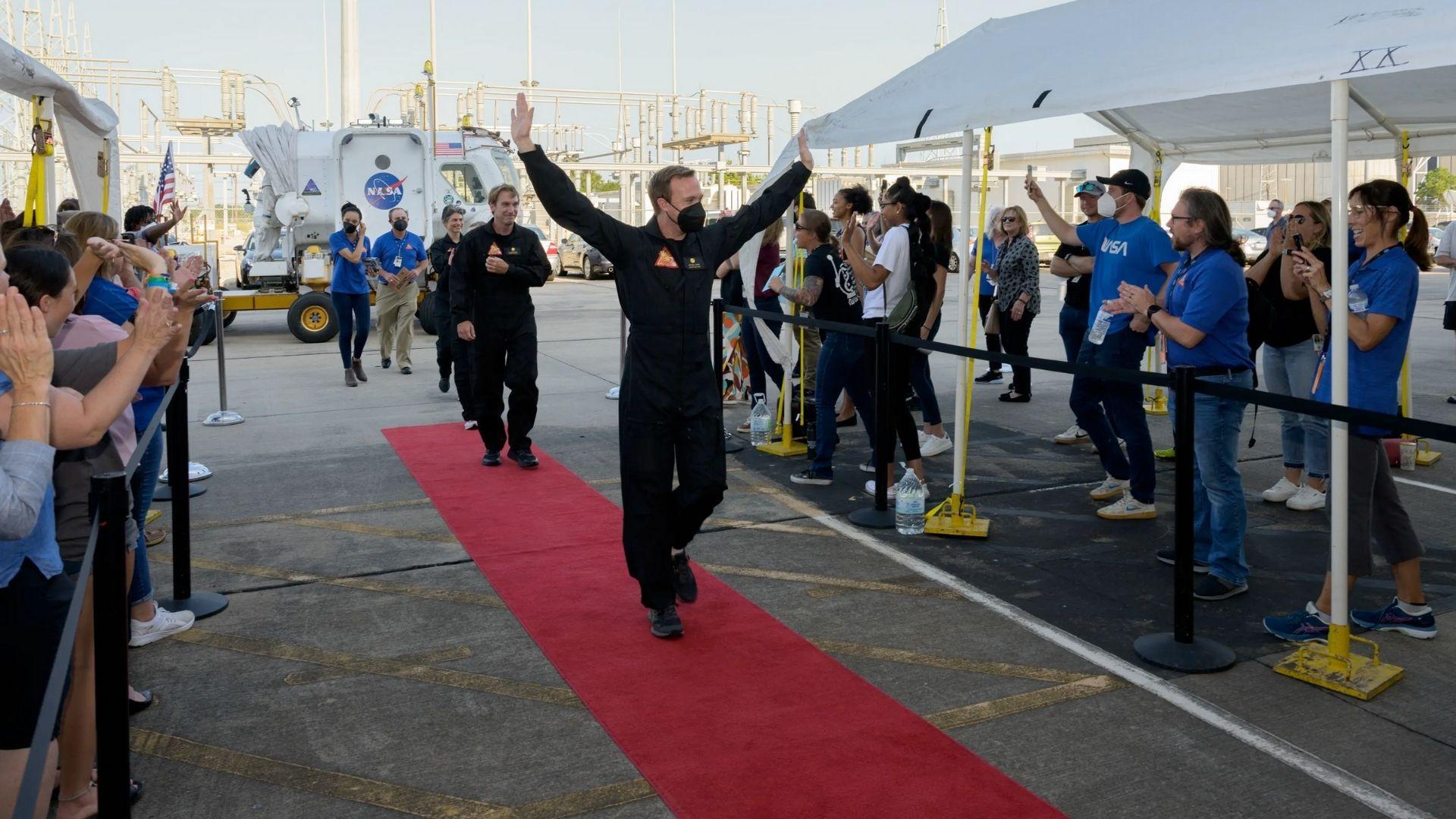
NASA has conducted similar isolation experiments before, including simulated journeys through space and underwater missions lasting up to three weeks at a time. This Mars experiment may have been longer than previous ones, but NASA knows what they’re doing.
NASA’s director of engineering, Julie Kramer, said this experiment “gives us an opportunity to learn all these critical things about these complex systems, and it’s going to make going to Mars and back a lot safer.” A simulation seems like a good way to figure things out!
Why Do this Experiment?
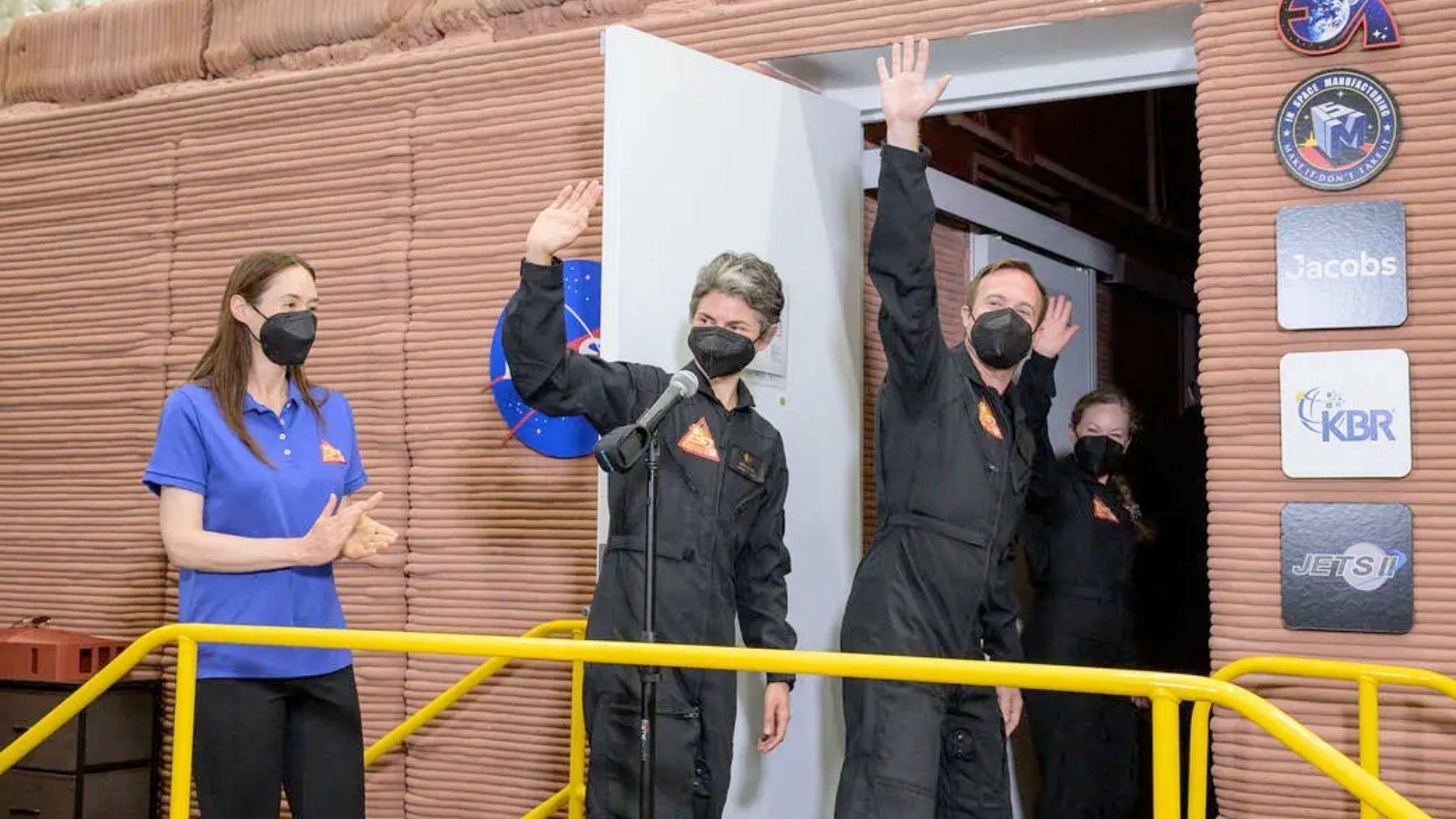
This 378-day experience was the first of three NASA missions planned to test how humans could respond to the daily challenges of living on Mars.
NASA believes that it could send astronauts to Mars as soon as the 2030s. These experiments and simulations are necessary to see what might go wrong on a real Mars trip.
Why Mars?
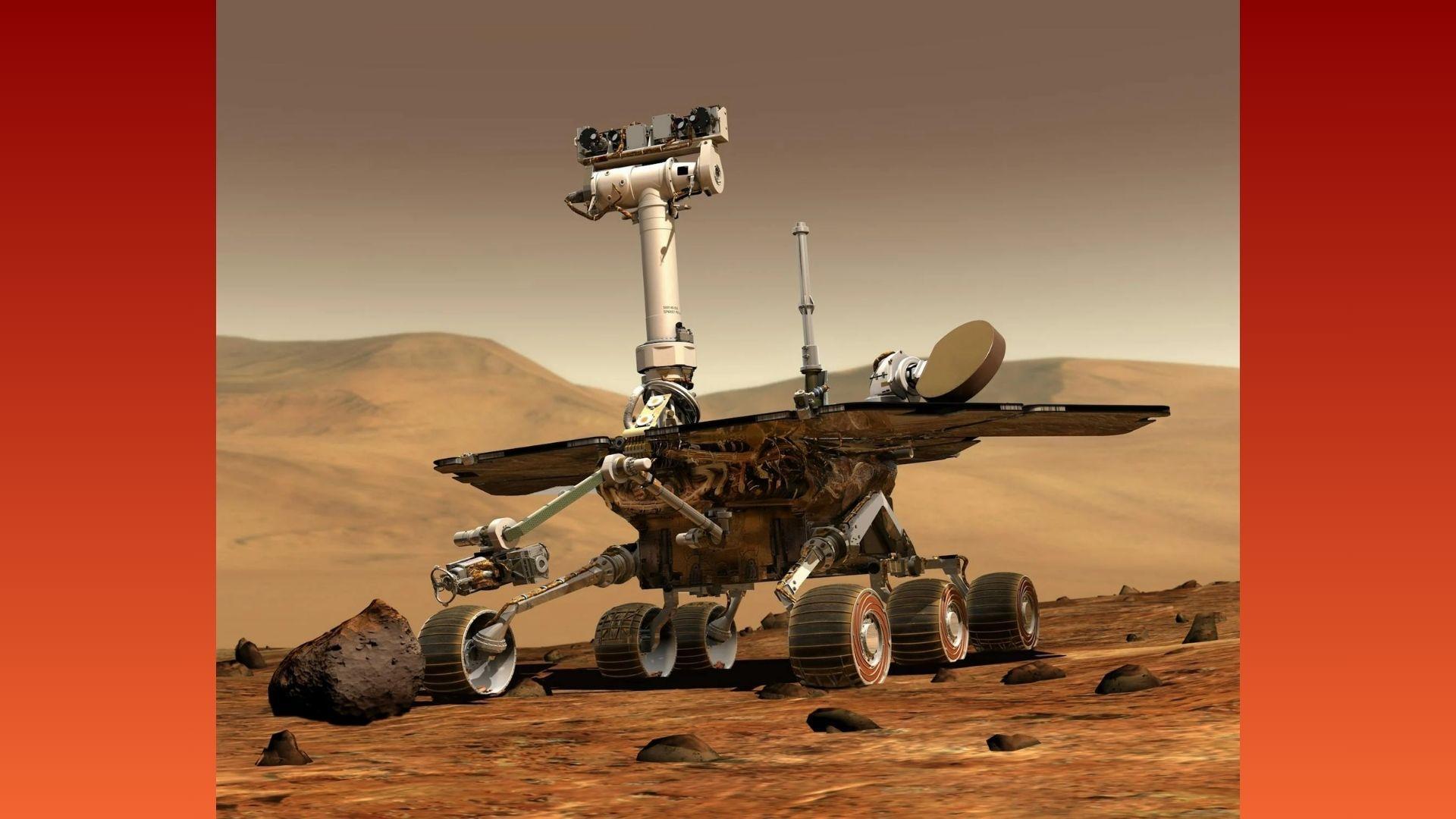
Mars is the fourth planet from the Sun and has evidence of having water. No human has been to Mars yet. Like the Moon landing, going to Mars would help scientists learn more about our solar system.
When faced with this “why Mars?” question, one of the CHAPEA scientists, Anca Selariu, responded, “Because it’s possible. Because space can unite and bring out the best in us. Because it’s one defining step that Earthlings will take to light the way into the next centuries.”
Who Were the Scientists?
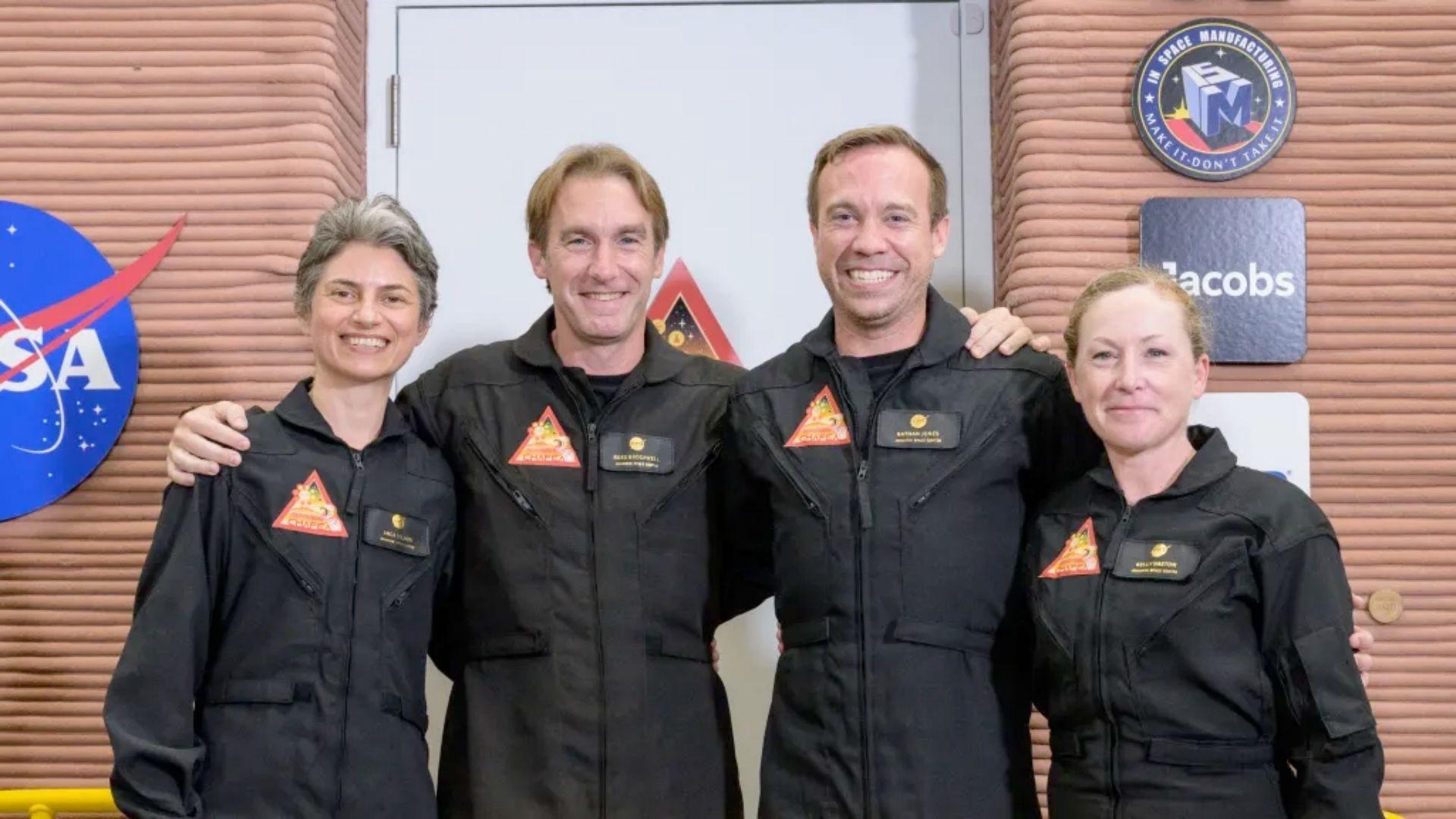
The scientists who lived in the Mars simulation were volunteers. Kelly Haston was the commander of the mission.
The other three volunteers were Anca Selariu as mentioned previously, Ross Brockwell, and Nathan Jones.
Getting Started on “Mars”
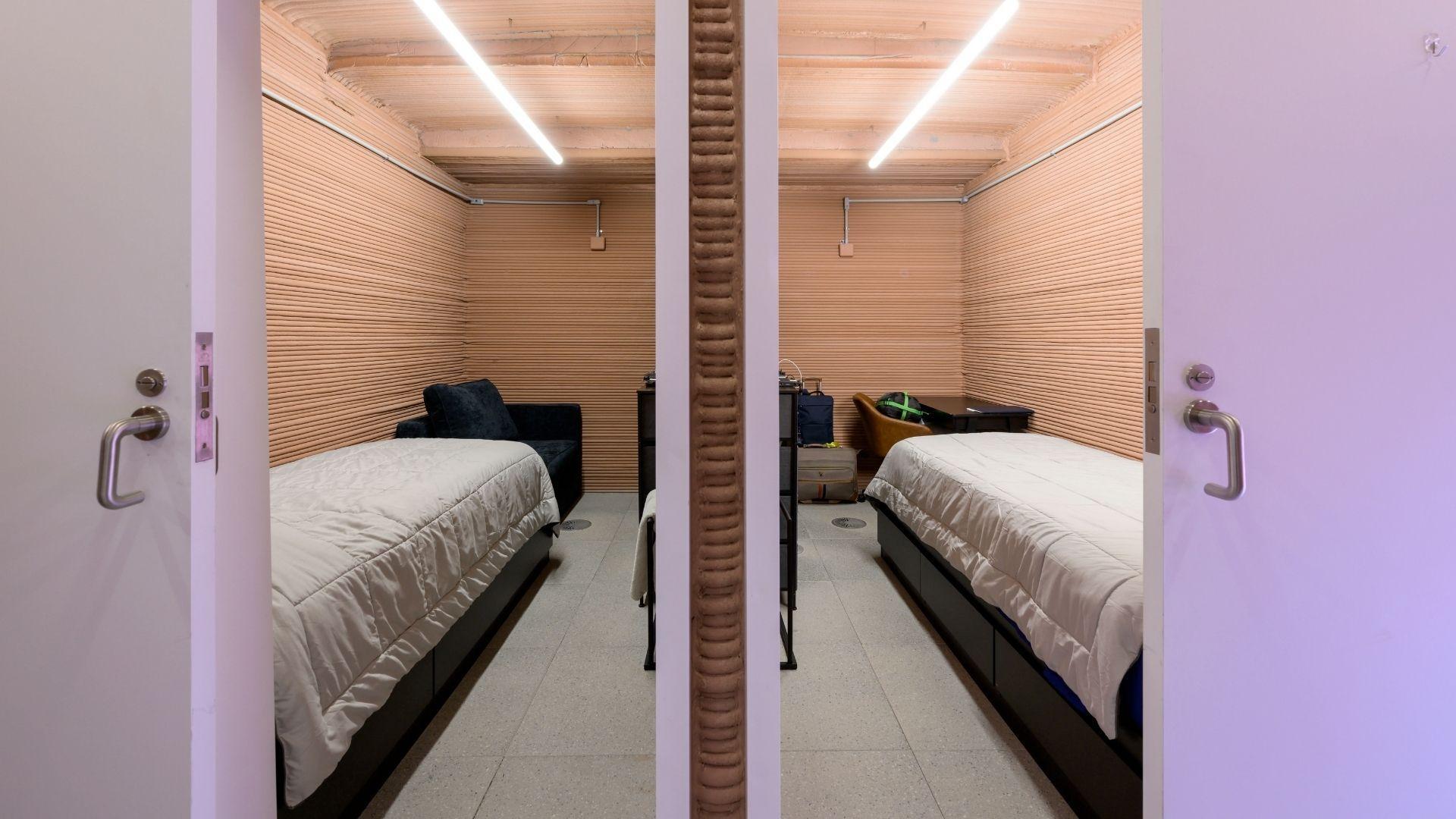
On June 25th, 2023, the four volunteers entered the 3D-Printed simulation called Mars Dune Alpha. The environment is a 1,700 square-foot space created by NASA to simulate Mars’ terrain.
This large structure at the Johnson Space Center in Houston was designed to mimic conditions on what we call the Red Planet. Along with the terrain of Mars, the simulation’s base was equipped with with bedrooms, a kitchen, a gym, common areas, and a vertical farm for growing food.
What Did they Do?
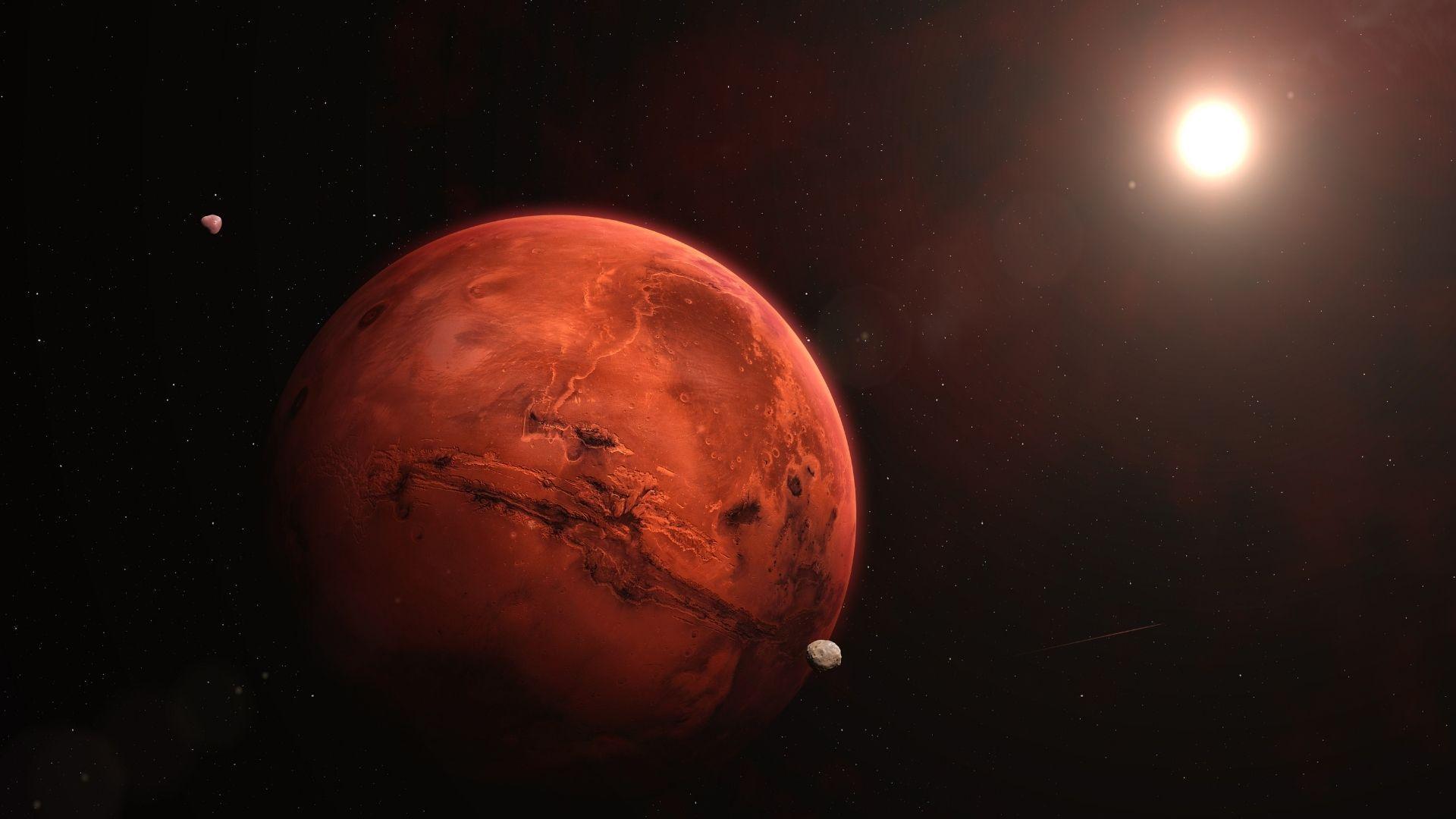
The scientists had to create their small society from the ground up in the experiment. They grew their own vegetables, maintained equipment, and participated in “Marswalks.”
In reality, Marswalks would be dangerous outings beyond the astronauts’ base to explore the planet. Mars does not have a breathable atmosphere. Although these simulated Marswalks are not life-or-death situations, serious practice is useful for scientists.
The Difficulties of Living on Mars
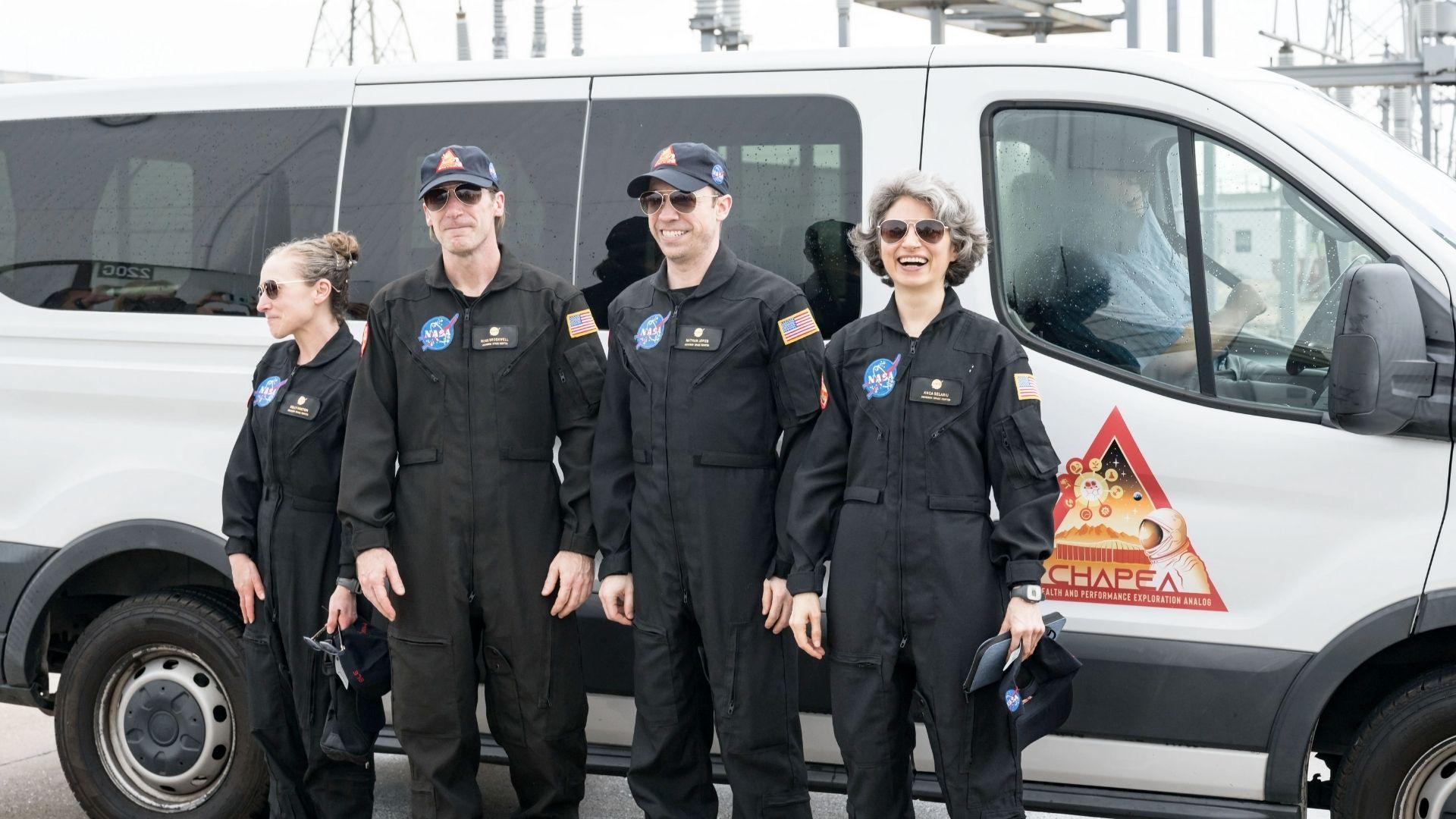
Of course, there were many difficulties during the experiment. They had to face stressors that actual astronauts going to Mars could experience, including 22-minute communication delays with people on Earth.
Additionally, the four scientists were isolated from the world. Deciding to help the study of science was a noble and certainly difficult thing for them to do.
Returning Home
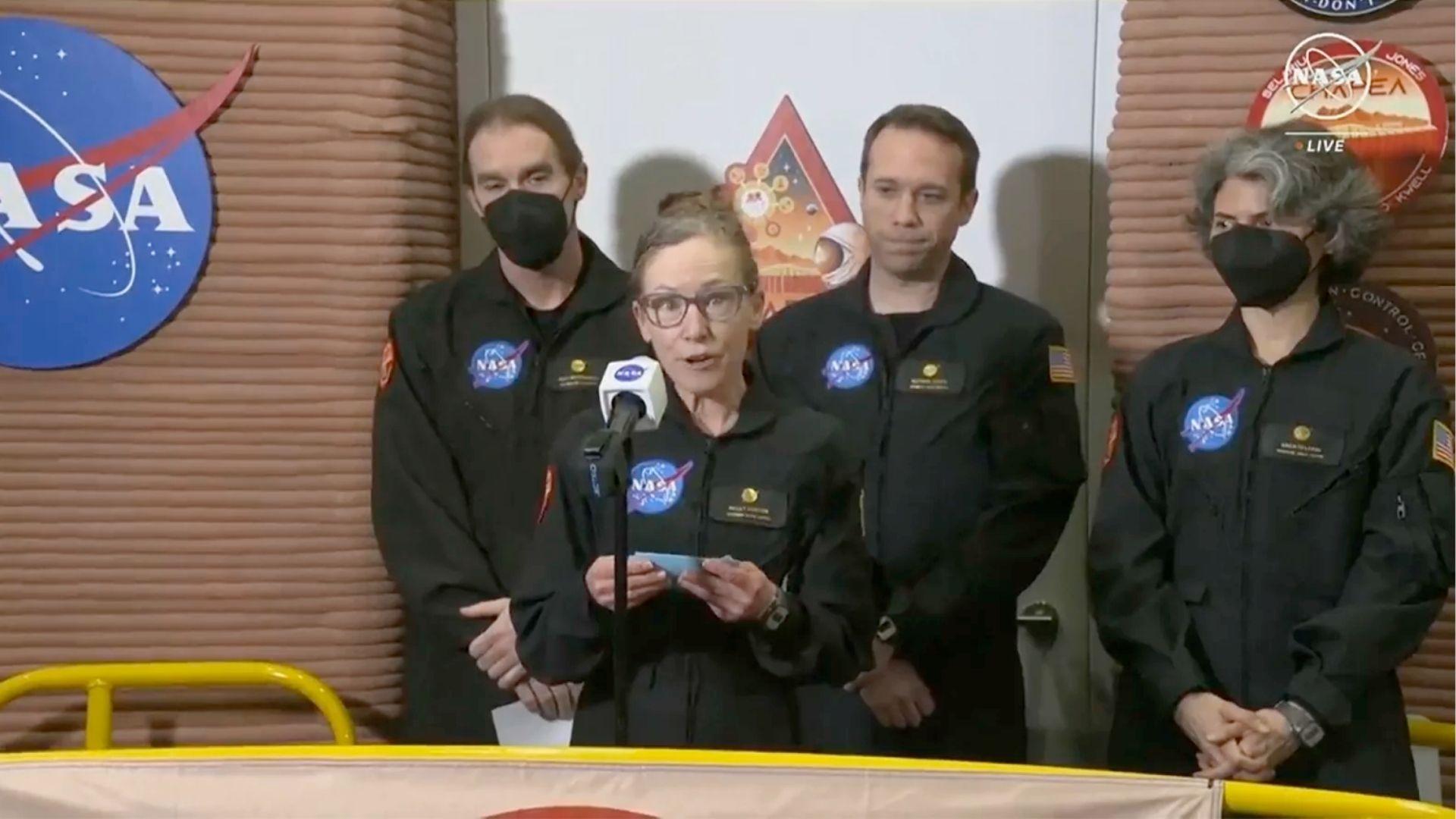
The four crew members were visibly emotional when they came out of their Mars habitat. “Hello. It’s actually just so wonderful to be able to say hello to you all,” Kelly Haston said to the assembled crowd.
The experiment was a success. “We can do these things together,” Ross Brockwell said. “We can use our senses of wonder and purpose to achieve peace and prosperity and to unlock knowledge and joy for the benefit of everyone in every part of planet Earth.”
What’s Next for Mars?
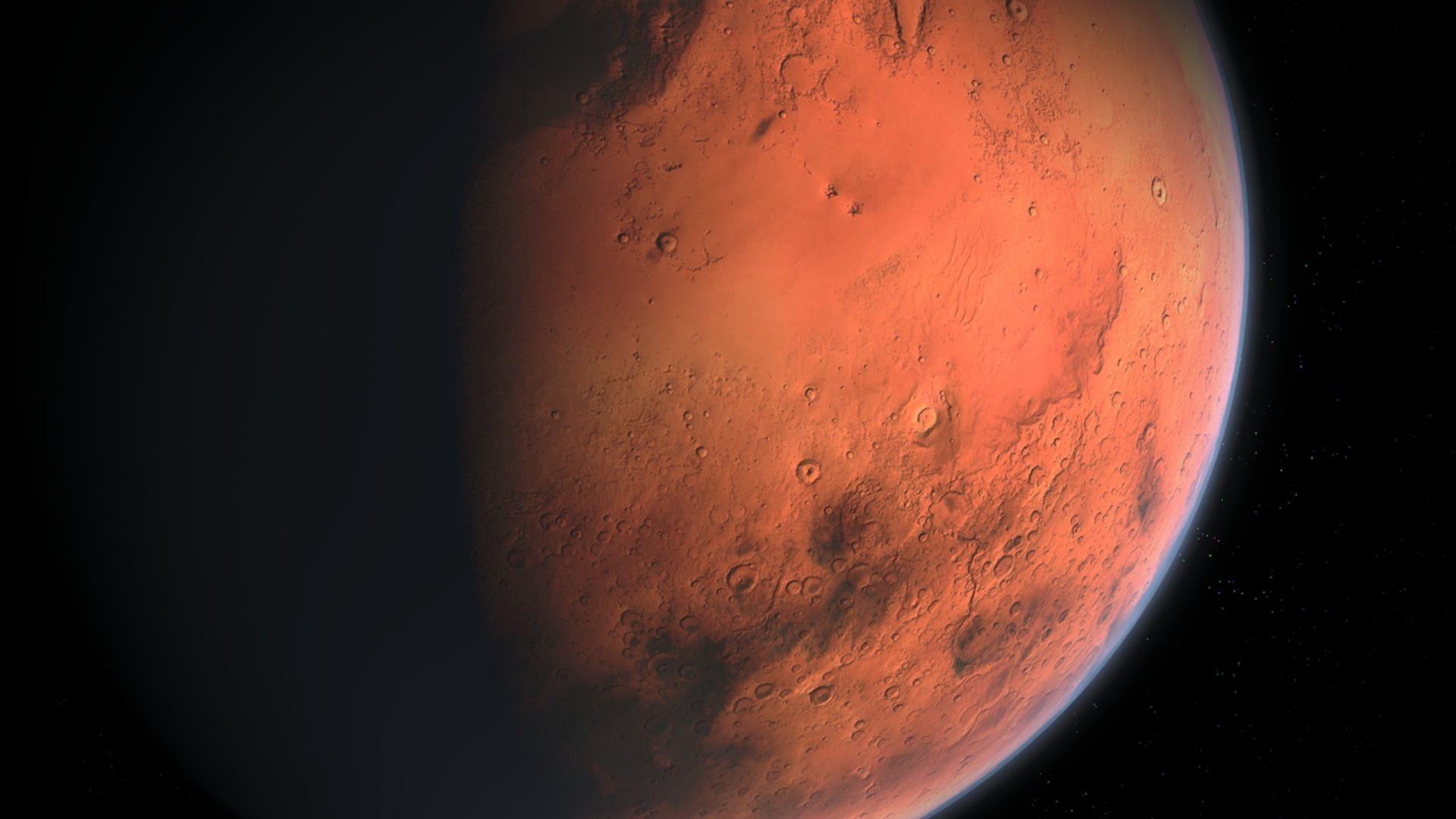
NASA Administrator Bill Nelson made sure to say “congratulations to the crew of CHAPEA Mission 1 on their completion of a year in a Mars-simulated environment,” but what’s next?
NASA’s second CHAPEA mission is scheduled for 2025, and the third in 2026. If things go well, NASA could send astronauts to Mars as soon as the 2030s. Scientists will continue to study Mars and consider the possibilities of sending astronauts to our neighbor Red Planet.
And to the Moon, too!
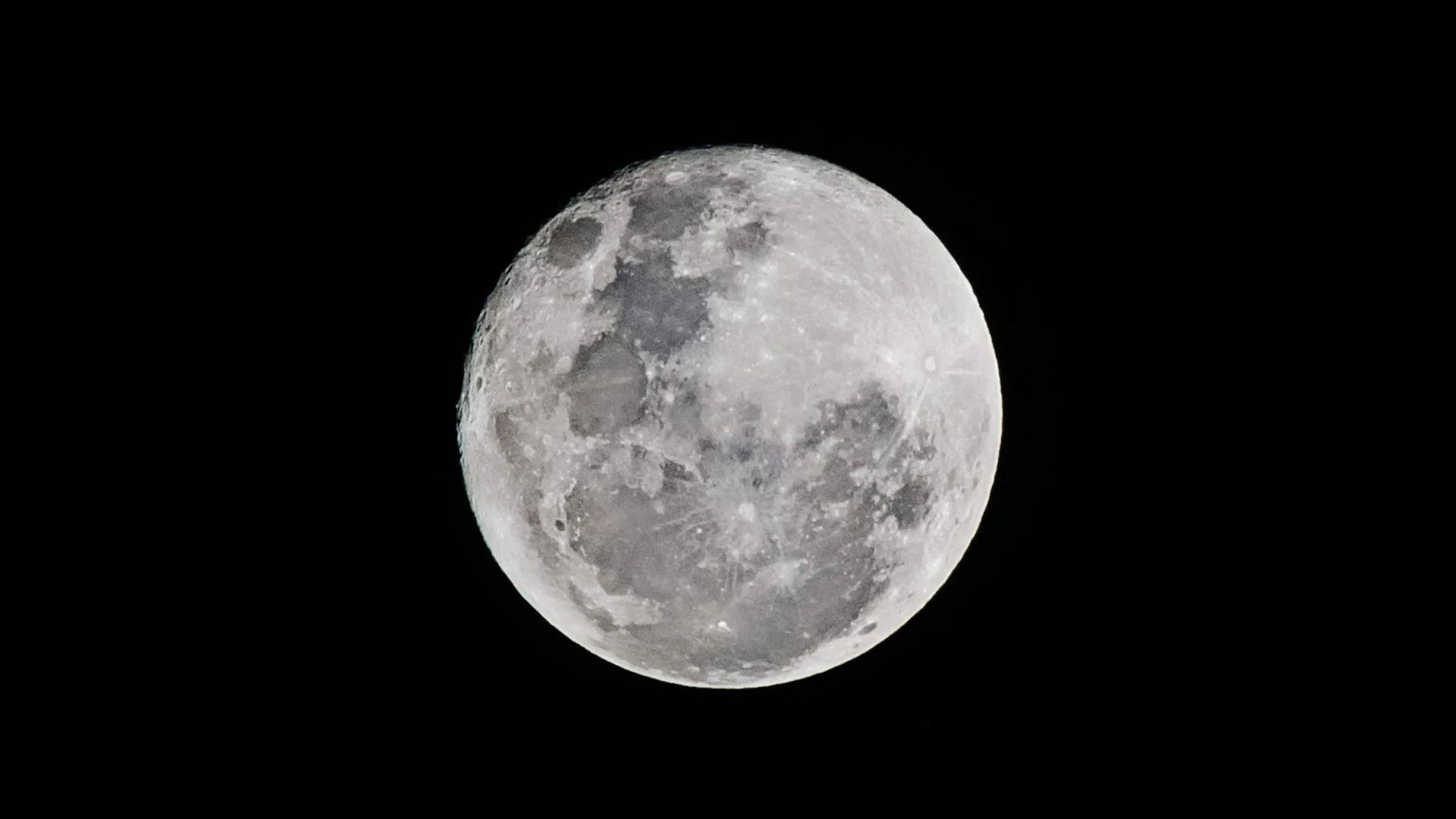
In addition to Mars, NASA desires to send astronauts back to the Moon. The last moon landing was in 1972, so it’s been over 50 years.
Past and future CHAPEA missions will help NASA prepare not only to send humans to Mars, but also back to the Moon.

